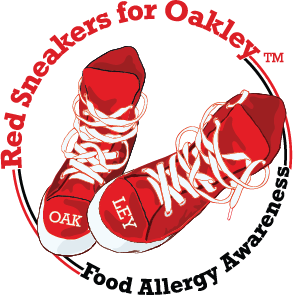When and How To Introduce Peanut Butter To Your Baby
Giving peanut butter to your baby for the first time can feel scary, we get it. To put your mind at ease, here is how you can go about introducing it to your baby. Per the American Academy of Pediatrics (AAP), parents with infants with no history of food allergies should introduce allergenic and non-allergenic foods — including peanuts — starting around 4-6 months of age.
Why so early? Because evidence suggests that earlier rather than delayed introduction could potentially help prevent the development of food allergies. Medical professionals recommend mixing 1-2 teaspoons of peanut butter with 2-3 teaspoons of water to thin it out. First, offer your baby only a small serving of peanut butter puree (e.g., tip of a teaspoon) and observe for 15-20 minutes. If there are no symptoms after the first dose, then slowly give the remaining doses, constantly watching for any signs of an allergic reaction.
“You should be more concerned about your older child, not your 5-month-old. Statistically, reactions are much milder younger in life.” - Dr. Waheeda Samady, associate professor of pediatrics at Northwestern University Feinberg School of Medicine and director of clinical research at Northwestern’s Center for Food Allergy and Asthma Research.
The National Institutes of Health strongly recommends that infants who have severe eczema, egg allergy, or both, should undergo a food allergy evaluation by an allergist before introducing peanuts at home to prevent the risk of anaphylaxis.
✨ TIP: If you’re feeling extra nervous, we recommend doing this in the Emergency Room parking lot, just in case your baby experiences a reaction.
NOTE: Avoid giving whole peanuts or thick lumps of peanut butter to your baby, as this can be a choking hazard.
Source: Texas Children’s Hospital and https://www.usatoday.com/story/news/health/2023/07/31/peanut-allergies-prevention-guidelines-what-most-parents-dont-know/70468325007/
